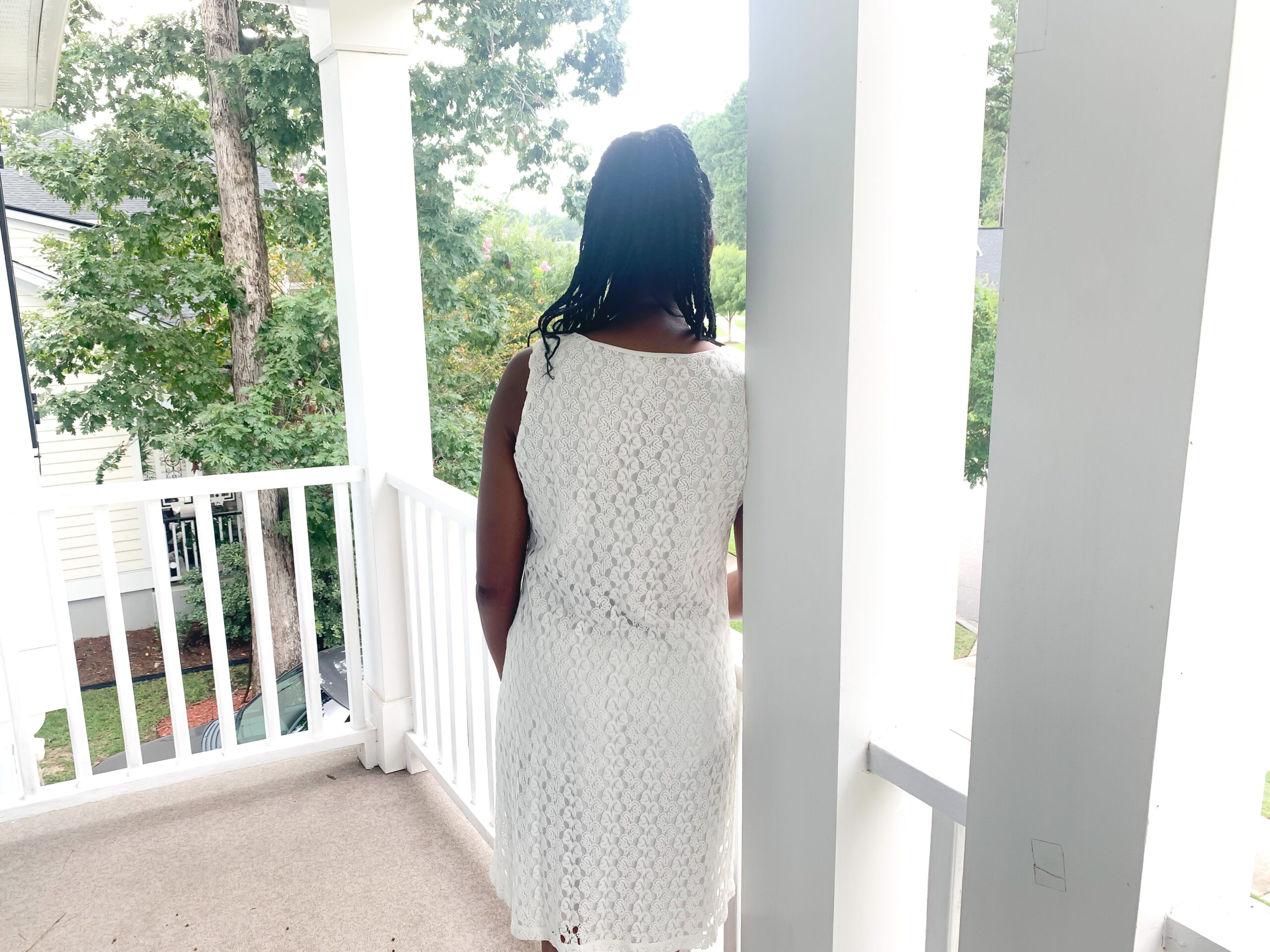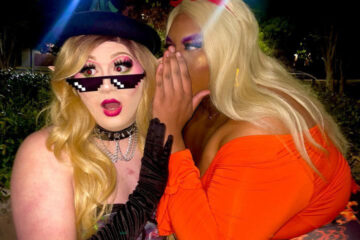The saying goes, “You can’t wear white after Labor Day,” but have you ever stopped to ask yourself where such a rule that nobody follows even came from? There are a couple theories, some juicier than others, but they all may have less of a cultural impact than you think.
There are two sides to the origin story of this out-dated idea.
Charlie Scheips, author of American Fashion, said in an article for Marie Claire that white outfits were a “look of leisure” — a way to separate the wealthy late 19th century elite from those who may not have been able to afford such a wardrobe.
Fashion editors dictated many of the trends of the times, and thus, when white wardrobes began to appear in women’s magazines, those who were determined to prove their place at the cool kids’ table followed right along, pocketbook in hand.
“For those who had money and could leave the city during the warmer months, white was considered vacation attire,” Chelsea Peng, a fashion editor, wrote in a Marie Claire article.
As they left their day job and city life behind, vacationers opted for a lighter, breezier look for their travels. This change of theme in one’s wardrobe would indicate not only their wealth, but their
ability to stay with the trends as the weather became warmer.
Labor Day, which is on Monday, Sept. 7 this year, became an official national holiday in 1894. According to the U.S. Department of Labor, this “first Monday in September … is dedicated to the social and economic achievements of American workers” and “constitutes a yearly national tribute to the contributions workers have made to the strength, prosperity and well-being of our country.”
Less officially, however, this holiday typically marks the end of warm summer weather. This change in weather also brings about a change in wardrobe. After Labor Day “you’re back in the city, back at school, back
doing whatever you’re doing in the fall—and so you have a new wardrobe,” Valerie Steele, director of the Museum at the Fashion Institute of Technology, said in an article for Marie Claire.
This offers another possible explanation to the situations that brought about this famous saying. It may be less about trying to fit in with the cool kids and more about simply dressing for work and weather.
But when are you allowed to wear white again?
Kate Brierley wrote in an article for Distractify that “we’re meant to wait eight (long, dark) months to break out our whites once again” on Memorial Day in May. But what does any of this
matter in 2020?
Brierly said in her article that “breaking the fashion rule is a power move.”
According to Time Magazine, Coco Chanel never followed the “no white after Labor Day” rule in the 1920s, so why should we a century later?
Photo by Jamia Johnson




